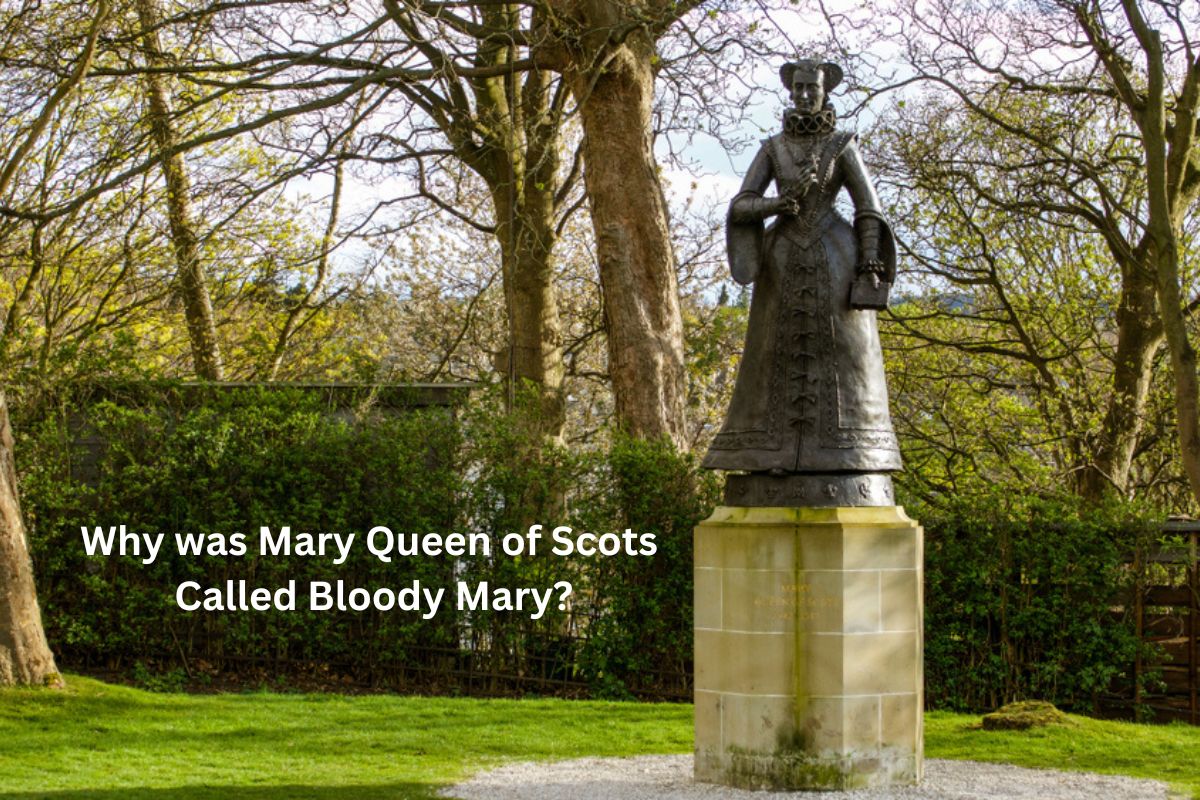Mary Queen of Scots was a complex figure in British history. Born in 1542, she navigated a tumultuous political landscape, eventually losing her crown and her life.
To answer the question: Why was Mary Queen of Scots Called Bloody Mary?
No Mary, Queen of Scots was not the real “Bloody Mary”, she is often mistakenly given this nickname. The real “Bloody Mary” was actually Mary I of England(Mary Tudor), Elizabeth I’s half-sister and the daughter of King Henry VIII and Catherine of Aragon.
The confusion surrounding the nickname is not surprising, given the overlapping lives and interconnected relationships of the two women. Both Marys were fierce and powerful, experienced troubled reigns, and navigated the hardships of being a female monarch in a male-dominated world.
While their lives diverged in many ways, both women ultimately faced tragic ends, leaving behind a legacy that continues to intrigue historians.
In this article, we will delve into their stories, highlighting the origins of the nickname “Bloody Mary,” and clarifying its correct association with Mary Tudor.
By understanding the unique lives and challenges faced by these two formidable queens, it becomes apparent why Mary Queen of Scots is often erroneously called “Bloody Mary.”
The Confusion in Name: Mary I and Mary Queen of Scots
The confusion between Mary I of England and Mary, Queen of Scots, often leads to the mislabeling of the nickname “Bloody Mary.” To understand this error, it is essential to explore both historical figures.

Mary I was the daughter of Henry VIII and his first wife, Catherine of Aragon. Born in 1516, she became the first-ever queen regnant of England in 1553 after the death of her younger brother, Edward VI.
Also Read: Facts About Bloody Mary
Her short reign, which lasted until 1558, was marked by efforts to re-establish Roman Catholicism in England. This effort included the execution of nearly 300 Protestants through burning at the stake, earning her the nickname “Bloody Mary.”
On the other hand, Mary, Queen of Scots, was born in 1542 and was the queen of Scotland from 1542 to 1567. She was the daughter of King James V of Scotland and his French wife, Mary of Guise.
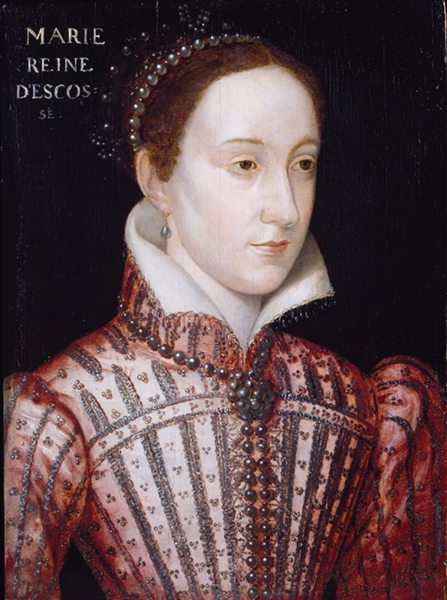
After her father’s death, she became the queen when she was only six days old. Mary was Catholic, but unlike Mary I, she didn’t participate in extensive religious persecutions.
The confusion between these two monarchs stems from their similar names and religious affiliations. Both were named Mary and were passionate Catholics in predominantly Protestant nations.
Also Read: Mary Queen of Scots Facts
However, it was Mary I of England who earned the nickname “Bloody Mary” due to her religious persecution of Protestants, not Mary, Queen of Scots.
In summary, despite certain resemblances, these two rulers were different individuals with separate reigns and histories. Nevertheless, the moniker “Bloody Mary” is erroneously attributed to Mary, Queen of Scots, when it was, in reality, associated with Mary I of England.
Context of the Reign
Reign of Elizabeth I
Elizabeth I was the Queen of England from 1558 to 1603. She was a strong, confident ruler who brought about significant changes in religion, politics, and international affairs. During her reign, England experienced a Golden Age of prosperity, culture, and innovation.
Elizabeth’s rule was characterized by a focus on diplomacy and precautions to ensure the stability of her kingdom.
Reign of Mary Queen of Scots
Mary Queen of Scots, also known as Mary Stuart, became the Queen of Scotland at the young age of six days old after the death of her father, King James V. She ruled from 1542 to 1567, though she spent most of her early years in France.
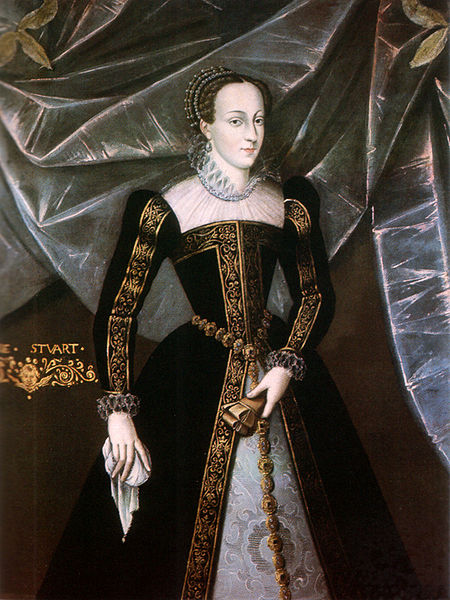
Mary returned to Scotland in 1561 with ambitions to unify the kingdoms of Scotland and England. Her rule was marked by political intrigue, religious conflict, and personal turmoil.
After a series of ill-advised marriages and controversial decisions, Mary was eventually forced to abdicate the Scottish throne in favor of her one-year-old son, James VI.
Reign of Mary I
Mary I, also known as Bloody Mary, was Queen of England from 1553 to 1558, preceding Elizabeth I. She was the eldest daughter of King Henry VIII and his first wife, Catherine of Aragon. Mary’s reign was marked by her efforts to restore Roman Catholicism to England and suppress Protestantism.
This included the persecution of Protestants, leading to the execution of hundreds of individuals, earning her the nickname “Bloody Mary.” Her reign was relatively short and marked by political unrest, financial difficulties, and religious persecution.
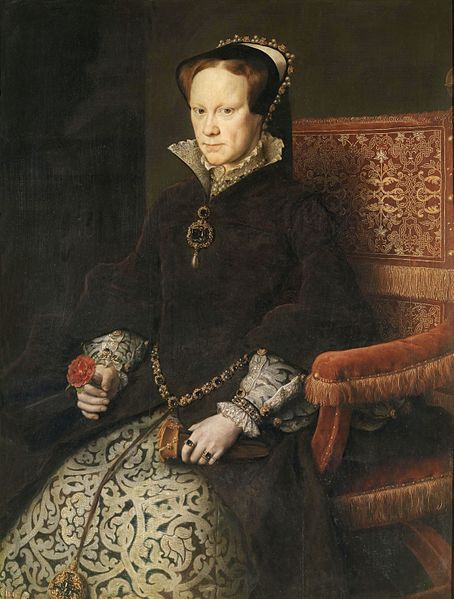
Despite Mary Queen of Scots and Mary I sharing the nickname “Bloody Mary,” it is important to note the differences in their reigns and the context of their respective actions.
While both queens faced challenges in their rule, Mary Queen of Scots sought to unify England and Scotland, while Mary I focused on restoring Roman Catholicism in England.
Religious Conflict
Mary I, commonly referred to as Bloody Mary, was a central figure during a time of intense religious conflict in England. The daughter of King Henry VIII and his first wife, Catherine of Aragon, Mary was a devout Catholic.
When her father initiated the English Reformation, breaking from the Catholic Church, and declaring himself the head of the Church of England, Mary found herself caught in the crossfire of religious and political strife.
The English Reformation led to the establishment of Protestantism as the official religion in England. Consequently, the divide between Catholics and Protestants intensified, causing upheaval and unrest throughout the country.
Mary’s staunch Catholic beliefs put her at odds with her father and his new church, especially because he divorced her mother to marry Anne Boleyn – a move opposed by the Catholic Church.
When Mary ascended to the throne in 1553, she made it her mission to restore Catholicism in England and reestablish ties with the Pope. Latin replaced English as the language of religious services, and both Catholicism and Protestantism were taught in schools.
This shift in religious practice led to protests and revolts against her rule, further exacerbating the religious conflict throughout her reign.
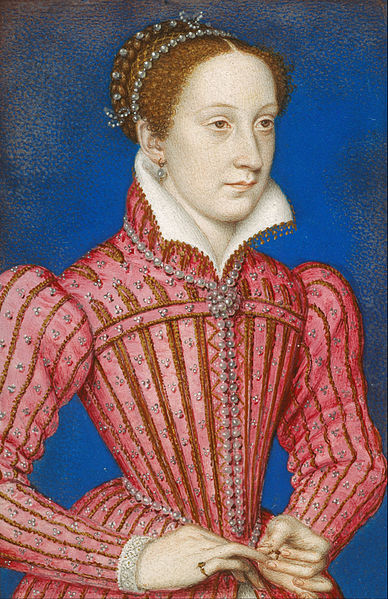
Mary enforced strict adherence to Catholic doctrine and was determined to cleanse England of Protestant influence. She pursued a harsh policy against those who refused to convert, resulting in the burning of over 280 Protestants at the stake. This brutal method of punishment earned her the nickname Bloody Mary, a moniker that still resonates today.
The religious conflict pitting Catholicism and Protestantism against one another was a defining characteristic of Mary’s reign, which inadvertently facilitated the further entrenchment of Protestantism in England.
After her death in 1558, her half-sister Elizabeth I ascended to the throne and the tide turned once again, strengthening the Church of England and consolidating the Protestant faith in the nation.
The Assertion of Power
Mary I, also known as “Bloody Mary,” was a prominent figure in the tumultuous history of England. As the first queen regnant of England, her moniker stemmed from her attempt to re-establish Catholicism as the state religion, thus leading to the persecution of Protestants.
Her father, Henry VIII, created an unstable religious atmosphere in England when he divorced his first wife, Catherine of Aragon, and formed the Church of England to marry Anne Boleyn. Consequently, the divide between Catholics and Protestants only widened.
When Edward VI, Mary’s half-brother, inherited the throne, he advanced Protestantism in England. However, his early demise left the kingdom in turmoil. Mary, being a devout Catholic, seized the opportunity to claim the throne.
Upon ascending to the throne, Mary I faced opposition from both the nobles and the public, who favored a Protestant monarch. Undeterred, she pursued her religious agenda and sought to re-establish England’s allegiance to the Catholic Church, ultimately reversing many of Edward VI’s previous reforms.
To maintain her grip on power, Mary I resorted to strict enforcement of laws against Protestantism. Her reign saw a significant number of Protestants burned at the stake, thereby earning her the infamous nickname, “Bloody Mary.” As a result, many Protestants living in England went into hiding or fled the country, marking a period of strife and volatility.
With the aim of cementing her influence, Mary I sought an alliance with her Catholic cousin, Philip II of Spain, by marrying him. Although the marriage was politically motivated, it was met with resistance in England—particularly among the Protestant establishment.
In the end, Mary I’s rule was marked by religious conflict, with the numbers of those executed under her orders contributing to her bloody legacy. When her half-sister, Elizabeth I, succeeded her, a new era of religious tolerance began, as the pendulum of power swung back toward the re-establishment of Protestantism in England.
Marriages and Personal Affairs
Mary Stuart, better known as Mary, Queen of Scots, was a significant figure in European history, not only because of her rule but also due to her personal life. Born to James V of Scotland and his French wife, Mary was related to Henry VIII through her grandmother, Margaret Tudor. This connection made her a potential claimant to the English throne, sparking tensions between the two kingdoms.
Mary’s first marriage took place in France when she was merely a teenager. She married Francis, the Dauphin of France, solidifying Scotland’s alliance with this powerful nation. Tragically, their union was short-lived as Francis died only two years later, in 1560. Mary returned to Scotland soon after, to take up her position as the reigning monarch.
Back in her homeland, Mary met her cousin, Henry Stuart, Lord Darnley. Despite opposition from some Scottish nobles, Mary and Darnley wed in 1565. This marriage further strengthened her claim on the English throne, as Darnley’s mother was a granddaughter of Henry VII.
Unfortunately, the marriage proved to be tumultuous, with Darnley suspected of conspiring against the queen and even ordering the murder of her secretary. This chaotic relationship ended explosively, as Darnley was found dead in 1567, likely assassinated.
Following Darnley’s death, Mary wed James Hepburn, the Earl of Bothwell. This alliance was met with tremendous hostility, as Bothwell was widely suspected to be involved in Darnley’s murder. Consequently, Mary’s reign was beleaguered by uprisings, leading to her eventual capture and forced abdication in favor of her infant son, James VI.
During her imprisonment, Mary sought assistance from her cousin, Elizabeth I of England — the daughter of Anne Boleyn and Henry VIII. However, Elizabeth perceived her cousin as a threat and chose to keep her under house arrest for nearly two decades. During this time, Mary became embroiled in plots to overthrow the English queen, ultimately resulting in her execution in 1587.
Mary, Queen of Scots is often referred to as “Bloody Mary” due to the numerous personal tragedies, violent episodes, and political conflicts that marked her life. Her three marriages, in particular, played key roles in shaping her rule and the subsequent turmoil that plagued her time as queen.
Notable Events and Conspiracy Theories
Mary Queen of Scots (also known as Bloody Mary) faced numerous trials and tribulations during her life as she navigated an array of political maneuverings and religious conflicts. In this section, we explore some of the most notable events and related conspiracy theories tied to Mary’s life.
Mary, the only surviving child of James V of Scotland and Mary of Guise, became Queen of Scotland at just six days old after her father’s death. Her mother worked as regent during Mary’s childhood, while she was sent to France for her education, eventually marrying Francis II, heir to the French throne. Sadly, Francis passed away just a year after their marriage, prompting Mary’s return to Scotland.
Upon her return, Mary faced significant tension due to her Catholic faith in the midst of the Reformation, as well as the tenuous political climate. Due to her religious beliefs, some even referred to her as Bloody Mary, erroneously conflating her with Mary Tudor.
In a bid to reconcile with England, Mary married Henry Stuart, Lord Darnley, a union that proved politically advantageous. However, Henry’s ambition far outweighed his loyalty, contributing to his confrontation with Mary and eventual murder. Many believe that their tempestuous relationship gave rise to conspiracy theories of treason and murder.
During her imprisonment, Mary corresponded with Anthony Babington, who conspired to assassinate Queen Elizabeth I and restore Catholicism in England. Unfortunately, this plot was intercepted, and Queen Elizabeth signed Mary Queen of Scots’ execution warrant. Mary faced several accusations of heresy before being beheaded.
Throughout her life, Mary came into contact with several famous historical figures, including her first husband, Francis II; her cousin and eventual captor, Queen Elizabeth; and Catherine of Aragon, the wife of King Henry VIII.
Given the eventful nature of her life, conspiracy theories abound, particularly in regard to her role in the murder of her second husband and treasonous actions against Queen Elizabeth. Some theorists even posit that Mary was a victim, caught in the crossfire of political and religious turmoil.
The Legacy of Mary I and Mary Queen of Scots
Mary I of England, also known as Bloody Mary, and Mary Queen of Scots, Queen of Scotland, have left significant legacies which persistently captivate historians and those interested in the histories of England and Scotland. These two women might have shared a name, but their stories are distinctively different.
Mary I of England, the eldest daughter of King Henry VIII and his first wife, Catherine of Aragon, ascended to the English throne following the tumultuous and short-lived reign of Lady Jane Grey.
Mary I sought to reverse the Protestant Reformation in England and return the country to its Roman Catholic roots, a decision that would significantly impact her legacy. She gained her nickname “Bloody Mary” because she ordered the execution of hundreds of prominent Protestants who resisted her return to Roman Catholicism.
On the other hand, Mary Queen of Scots, the daughter of King James V of Scotland and Mary of Guise, held a more complex relationship with religion and politics. Married to the Dauphin, Henry II of France, she briefly became the queen of France before returning to Scotland as a widow.
Mary faced numerous challenges during her reign, including rebellion led by her half-brother, the Earl of Moray, which eventually led to her abdication in favor of her son, future King James VI of Scotland.
While Mary I of England’s reputation has been marred by her execution of Protestants and attempts to reverse the Reformation, Mary Queen of Scots has been more sympathetically portrayed by historians like John Guy.
As a young queen, Mary Stewart navigated the complex political landscape of Scotland and its tensions with England and various European powers. Her tumultuous relationship with her second husband, Henry Stuart, Lord Darnley, contributed to her eventual downfall and eventual imprisonment in England.
Following her imprisonment, Mary Queen of Scots faced trial and execution on the orders of her cousin, Queen Elizabeth I of England. She was initially buried at Peterborough Cathedral, but her remains were later moved to Westminster Abbey on the orders of her son, who became King James I of England.
In conclusion, both Mary I of England and Mary Queen of Scots had their reigns marred by religiopolitical complexities, which later shaped their legacies. While “Bloody Mary” has become synonymous with a violent and repressive reign, Mary Queen of Scots is often regarded as a tragic and captivating figure, both misunderstood and victimized by the politics of her time.
